Last updated on April 3, 2024
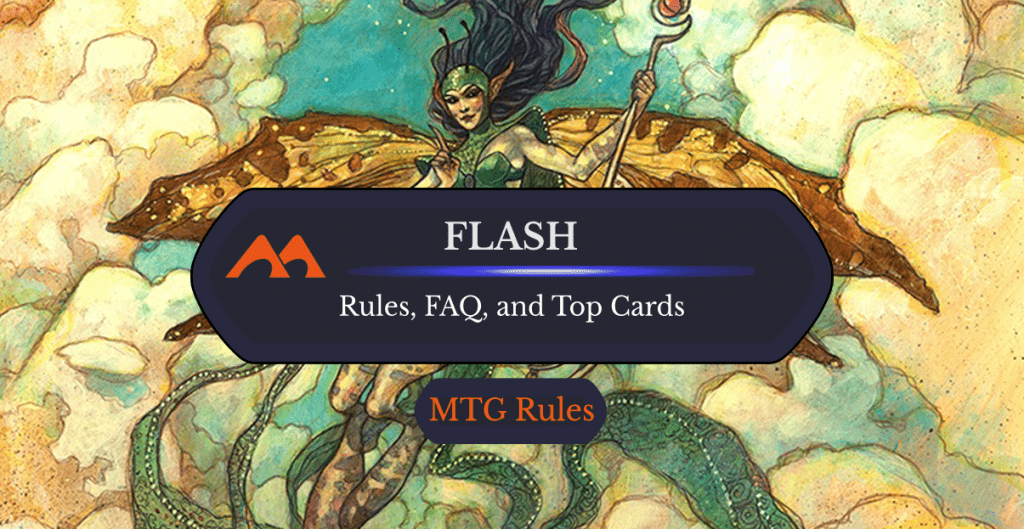
Spellstutter Sprite | Illustration by Rebecca Guay
Each new MTG set introduces new abilities and mechanics to spice things up and keep players interested in the game. They also give players extra tools to brew new decks with. On the other hand, evergreen mechanics like trample and first strike are still trendy and well-received by the community.
Today I'll be covering flash in our favorite card game. This a mechanic we've seen in the last couple years on infamous cards like Embercleave.
Let's find out why this mechanic is so popular and what are the scariest cards that have it!
How Does Flash Work?
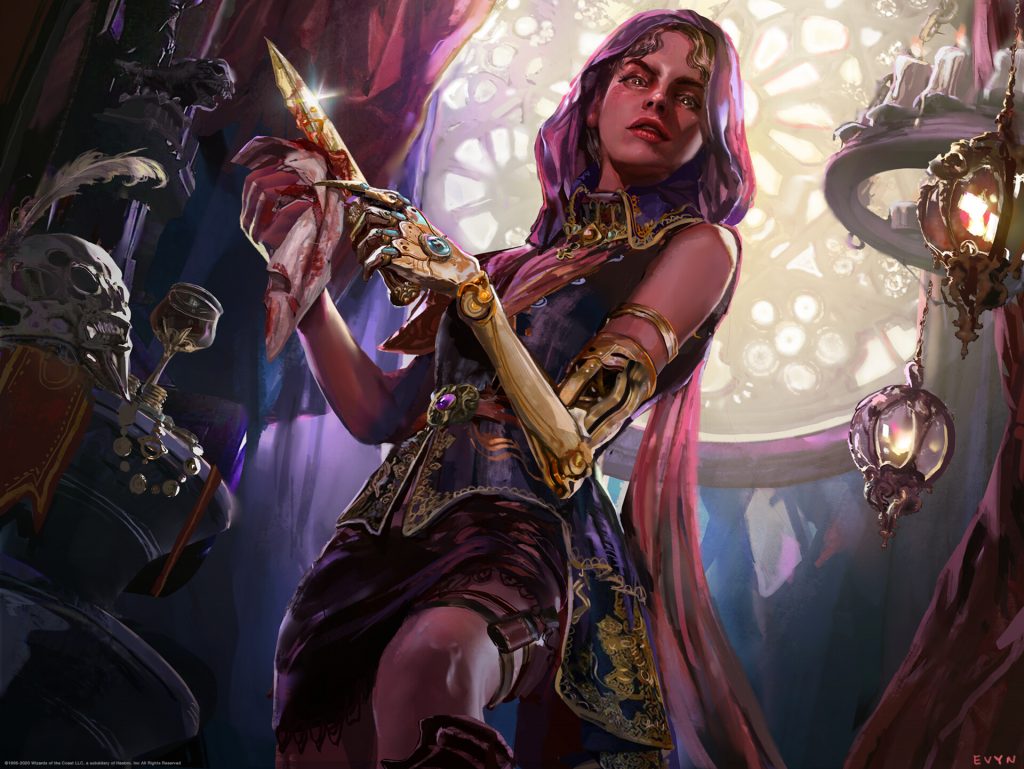
Thieves' Guild Enforcer | Illustration by Evyn Fong
Cards with flash behave the same way as instants, which means they can be played at any point in the game while you have priority.
Simple right? Let's dig a bit into its history.
History of Flash

King Cheetah from Visions in 1997 is the first printed card to feature flash.
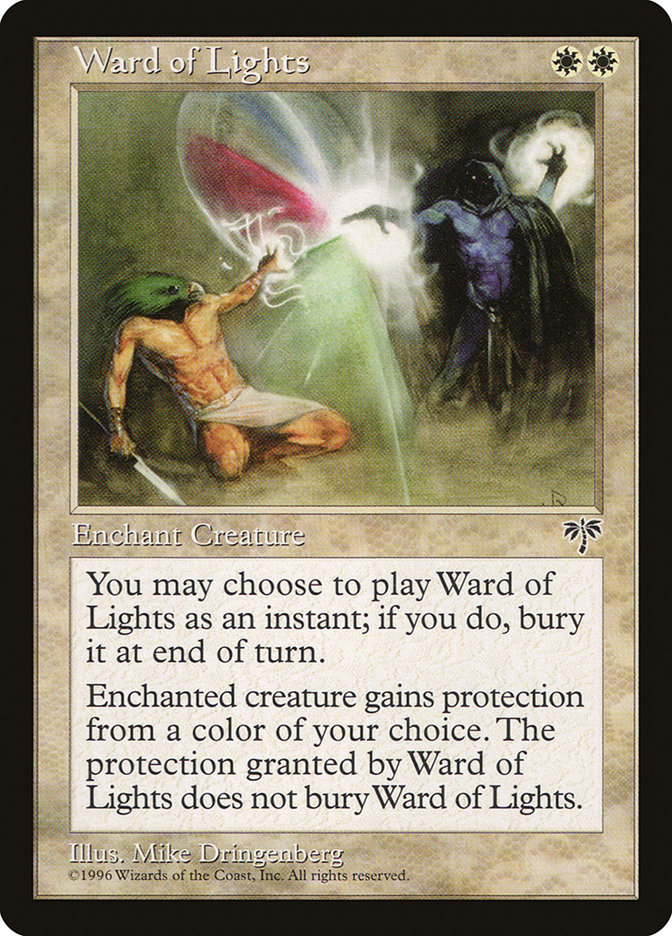
Before that, cards like Ward of Lights had “pseudo-flash.” This meant you could play them at instant speed as long as you sacrificed the card at the end of the turn.
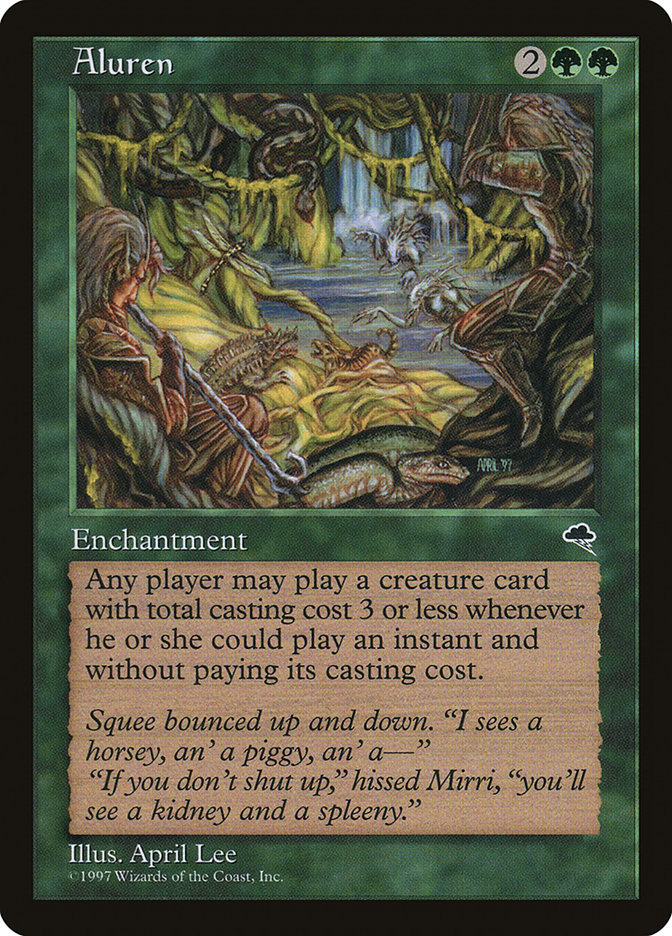
There are also cards that give flash to others like Aluren. But the ability was first released as a keyword on Time Spiral in 2006, and its first appearance in a core set was with Tenth Edition. Older cards that had this ability received an errata to give them flash after this.
Blue is the color with the most cards that contain flash, followed by green and black. It's so widespread at this point that all colors have a vast pool of cards with the mechanic, though. To give you an idea of how prevalent it is, flash has appeared in almost 100 sets to date, and that number will only increase as WotC releases new products.
Is Flash Evergreen?
Flash officially became an evergreen mechanic on June 8, 2015.
Flash being evergreen means that any MTG set can feature the mechanic. The original idea was to turn instants into a supertype, but this was discarded because it was too radical. Flash instead gained the status of an evergreen mechanic.
Why is Flash Good?
It used to be that only instants could be played at any time during a game of Magic. With the introduction of flash, creatures and other permanents could also enter the battlefield in the blink of an eye.
Imagine a scenario where you're attacking into an empty board. Any removal spell would usually be a 1-for-1 trade. But if your opponent plays a creature at instant speed that's bigger than the attacking one, it becomes a 2-for-1 since not only will you lose your creature, but you'll need to spend resources to remove the new threat.
This is just with vanilla creatures that don't have any other effects. What happens when you place abilities on them? Snapcaster Mage and Restoration Angel are clear examples of how big flash is in the competitive Magic scene.
When Can You Play Flash Cards in Magic?
As I already said, cards with flash can be played at any time as though they were instants. The key to this is that this ability is granted to permanents only.
Does Flash Count as an Instant?
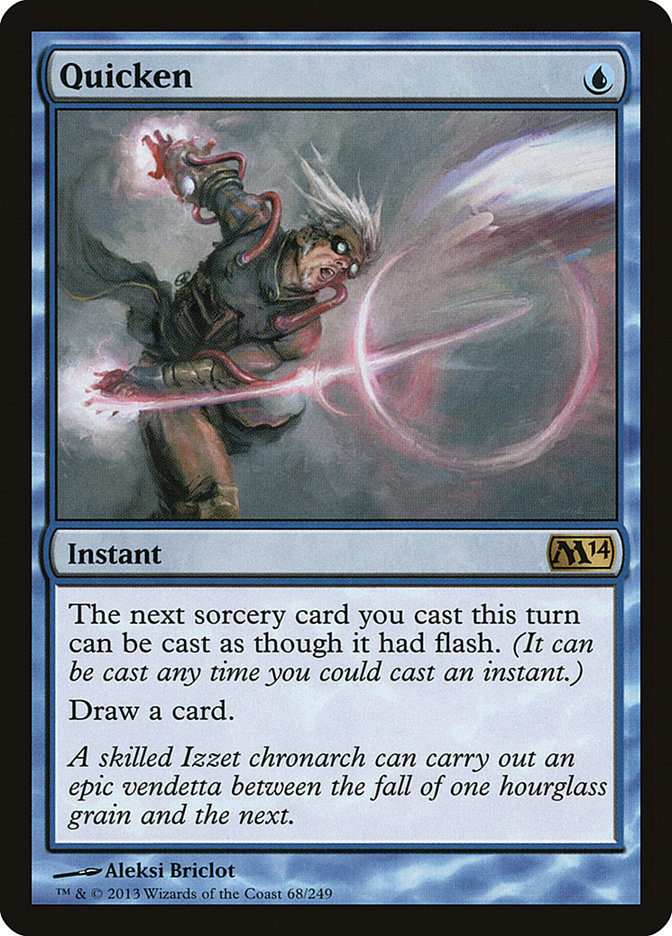
No, cards with flash don't count as instants. “Instant” is a spell type while flash is a static ability that can be granted to other spell types, specifically permanents. You (usually) can't give flash to a sorcery because then it would just be an instant. That said, cards like Quicken prove that even simple rules like this have exceptions.
Do Creatures with Flash Have Summoning Sickness?
Yes, creatures with flash still have summoning sickness. This means you can't attack or activate abilities that require tapping in the same turn that a flash creature enters the battlefield.
Do Creatures with Flash Have Haste?

No, creatures with flash have summoning sickness like any creature that doesn't have haste. A creature with flash can get haste if it's granted the static ability or otherwise has the ability, like Izzet Staticaster. It's just inherently included with flash.
Creatures with flash can have a haste-like effect, however, if you play them on your opponent's end step. If you do that, you can attack with the creature on your next turn!
Can You Block with a Flash Creature After Playing It?
Yes, you can block with a flash creature once it's resolved. The important phrasing here is “once it's resolved.”
If you play a flash creature during the attack phase before blockers are assigned, then yes, you can block with it. If you try to play it while declaring blockers, though, the spell resolves after blockers are declared so you won't be able to block with the flash creature.
Can You Counter Flash Spells/Abilities?

Yes, you can counter flash spells and abilities. Unless the card says this otherwise, of course, like Chromium, the Mutable.
Flash Banned in Commander
Even though the flash mechanic is prevalent in pretty much every format, the card Flash is actually banned in Commander. This is because it paired exceptionally well with Protean Hulk, and getting to set up a 2-card kill combo is easier than you may think in Commander thanks to the format's powerful tutors.
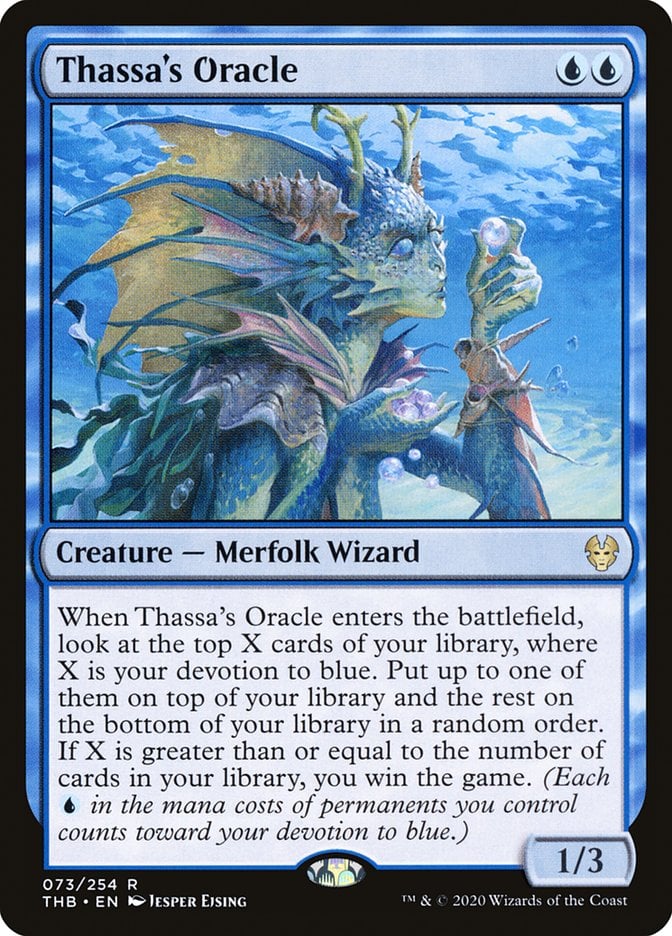
The ban from the Commander rules committee came right after Thassa's Oracle was printed in January 2020. Setting up a combo with Protean Hulk was extremely easy, and many competitive-minded players suggested this change.
Best Flash Cards
Honorable Mentions
I want to dedicate a quick moment to cards that had a significant impact on my play experience even though they may not be as popular or powerful as the other flash cards in the top ten.

First up is Thieves' Guild Enforcer, one of the few cards with flash that impacted me after almost a five-year break from competitive Magic. Rogues were a powerhouse in Standard at one point and a massive part of it was because of this guy.
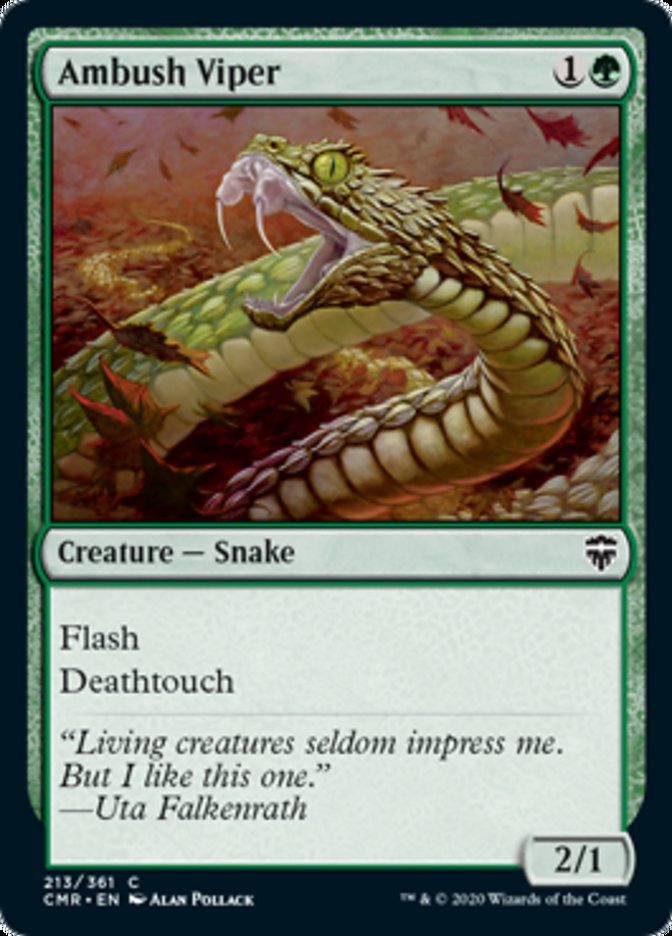
Another card with flash that's close to my heart is Ambush Viper. This card is basically a poor's man Doom Blade.
#10. Spellstutter Sprite
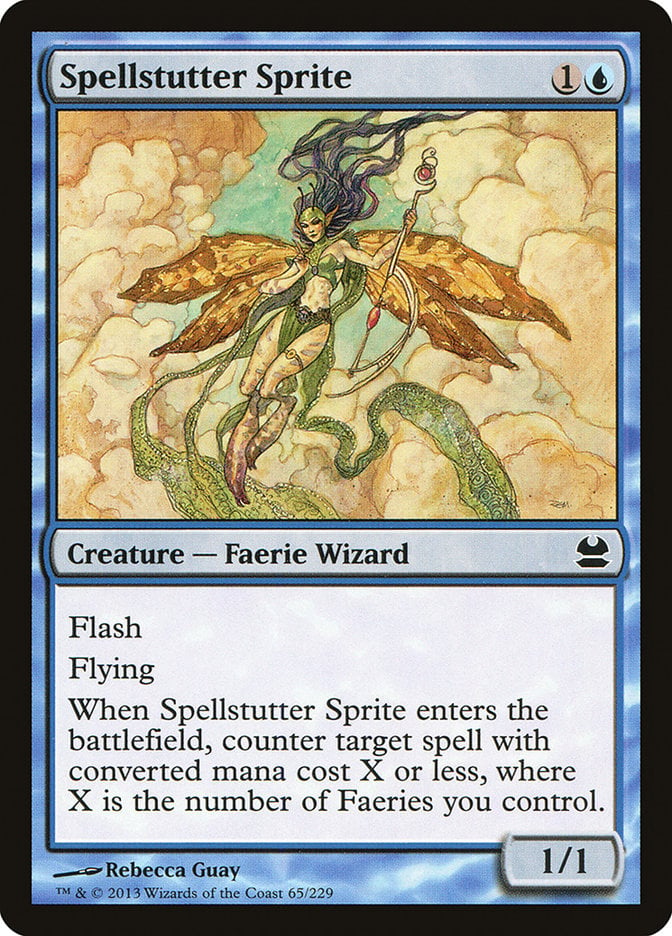
Spellstutter Sprite is very near and dear to Pauper lovers like myself. Paired with other faeries like Faerie Seer and its best bud Ninja of the Deep Hours, it can create deadly lockdowns and tempo swings.
#9. Aven Mindcensor

Aven Mindcensor is one of my favorite cards to run in Modern since fetch lands are a big deal there, and casting this in response to their activations is very fulfilling when your opponents fail to find lands. It's almost like a Wasteland with legs and wings.
#8. Hullbreaker Horror
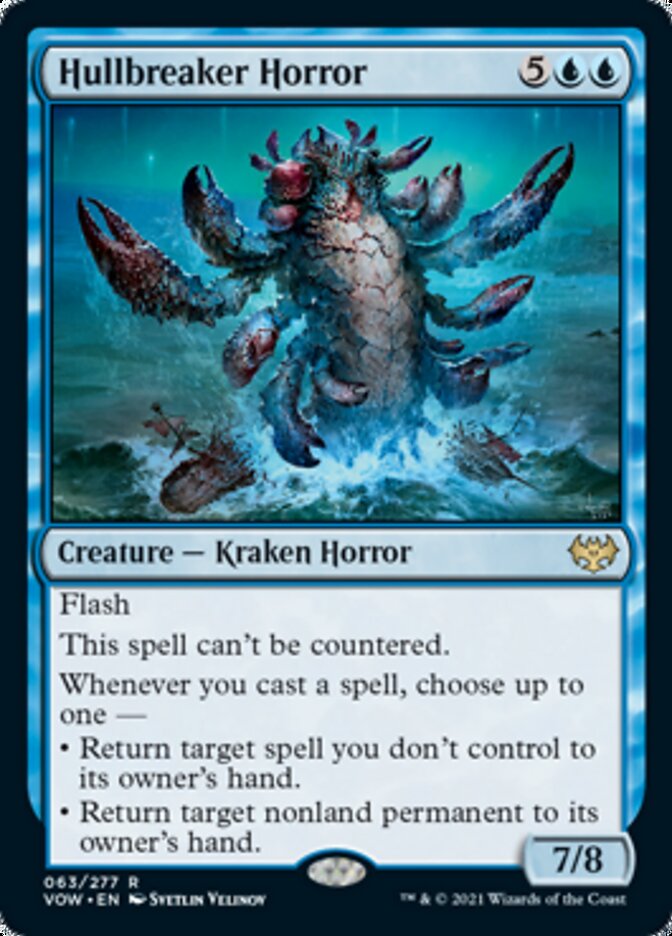
Hullbreaker Horror quickly became a prominent EDH win condition, especially in Polymorph-based strategies. I've personally put this to the use in an Urza, Lord High Artificer deck to great success as it's a natural infinite-combo enabler.
#7: Brazen Borrower
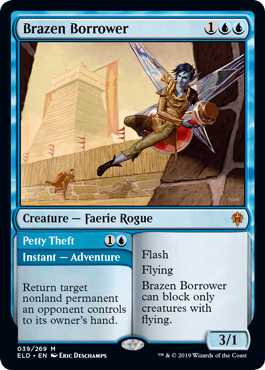
Brazen Borrower saw a lot of play in Standard and some versions of Izzet Phoenix in Historic. Its versatility and raw stats are comparable to Vendilion Clique, which is another awesome card with flash.
#6. Vendilion Clique
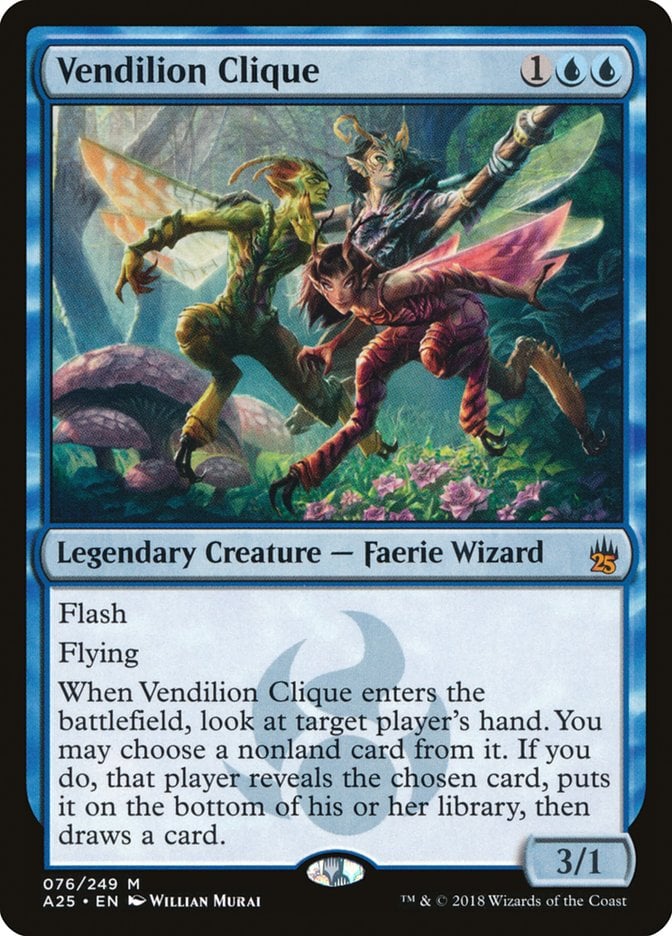
Speaking of which, Vendilion Clique is perfect in Modern since it's well-known to disrupt combo decks.
#5. Venser, Shaper Savant
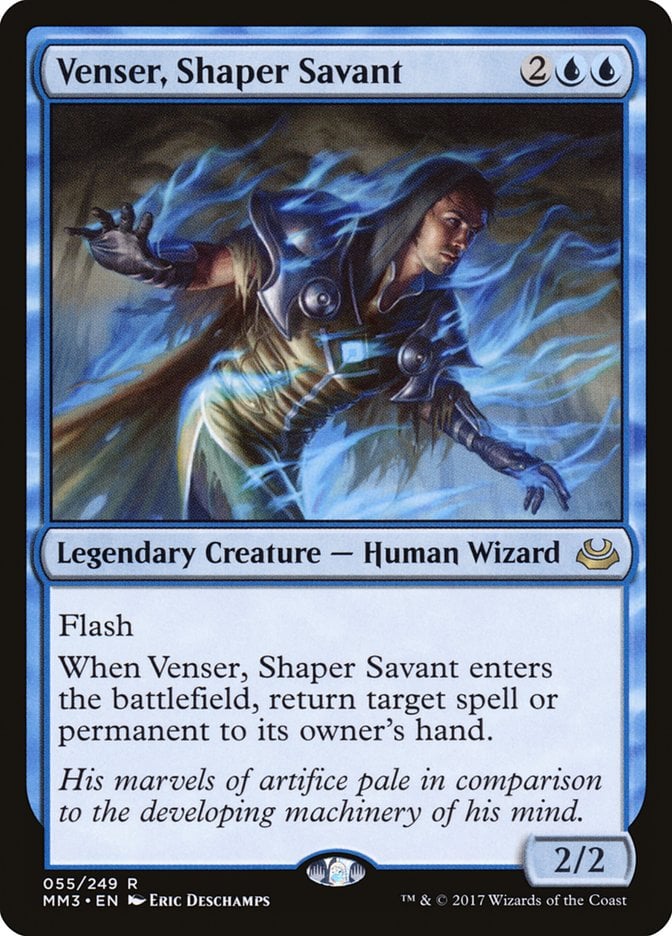
Venser, Shaper Savant terrorized Standard in its prime, but it was recently relegated to Commander as an answer to the many uncounterable spells in the format.
#4. Teferi, Mage of Zhalfir

Teferi, Mage of Zhalfir is another Commander staple that dominates games on its own when unanswered. If you doubt why playing spells at instant speed is crucial, try playing against this guy under its counter pillow strategy. Not fun.
#3. Draining Whelk
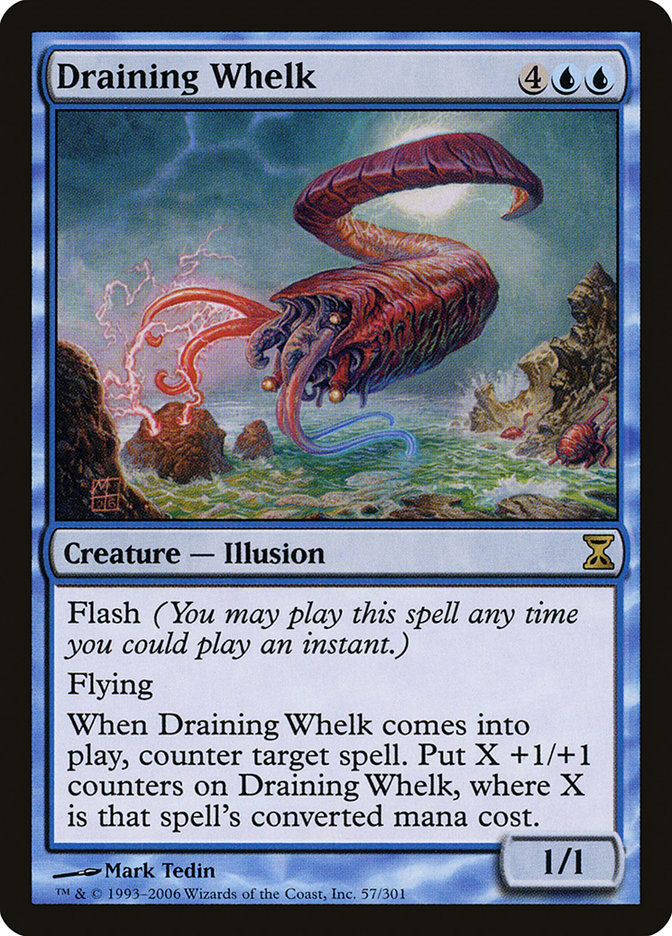
If getting your spells countered was already bad, wait until you see Draining Whelk in action. Not only will your opponent not get to resolve their win condition most of the time, but the larger the threat, the larger the problem they'll be facing. Literally.
#2. Embercleave
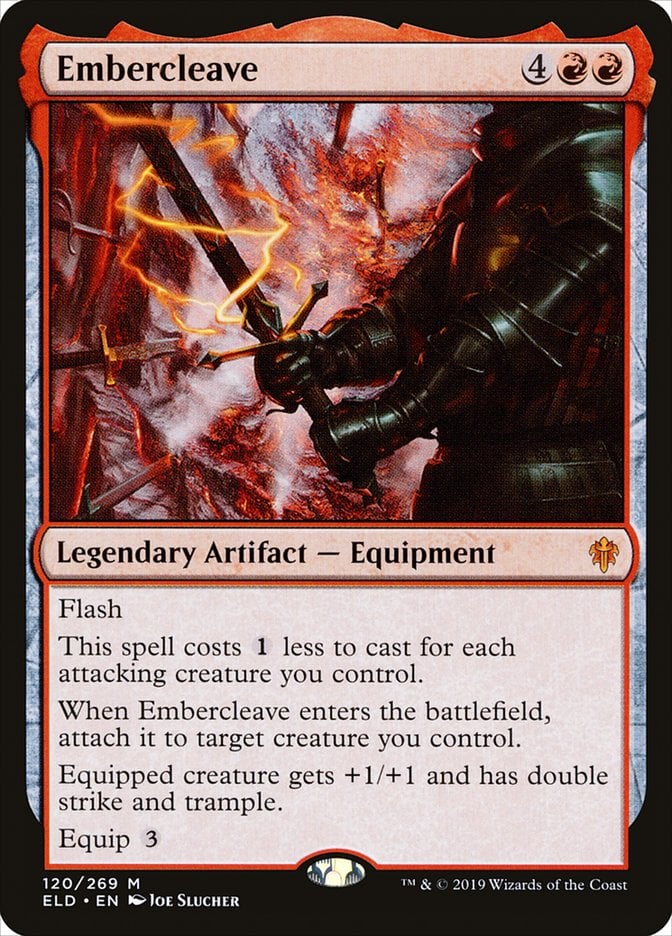
Having terrorized Standard and now moved on to Historic, Embercleave can end games the minute it's cast. Permanent double strike is terrible for your opponent but getting to put it on a creature at instant speed is on a whole other level of trouble.
#1. Snapcaster Mage
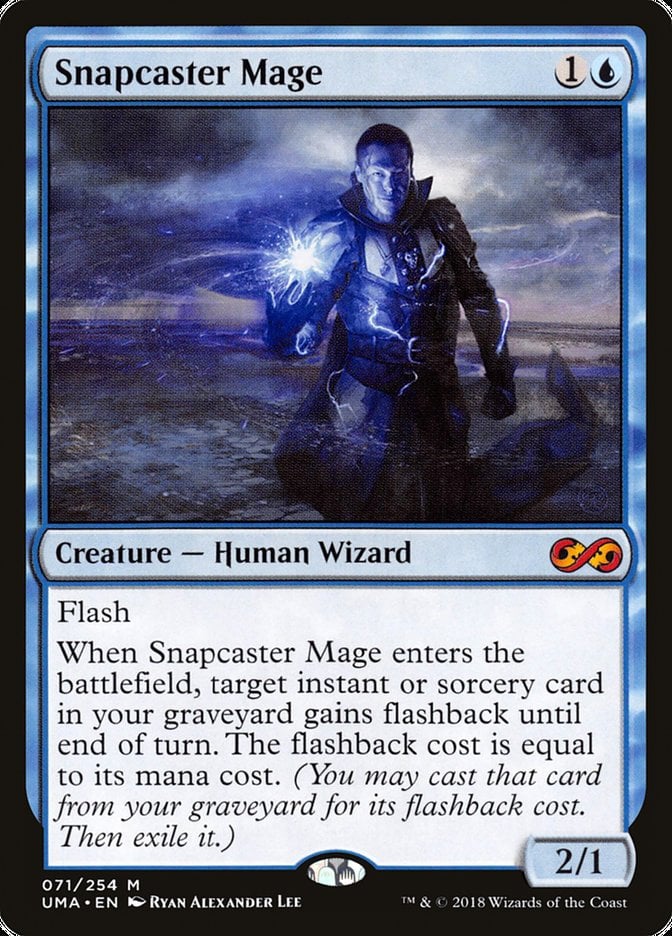
Finally, what would this list be without the one and only Snapcaster Mage? This card has seen play in every format it's touched, and its value increases more every day since it only get reprints in Secret Lairs or collector's edition sets.
Wydwen Deck in Commander
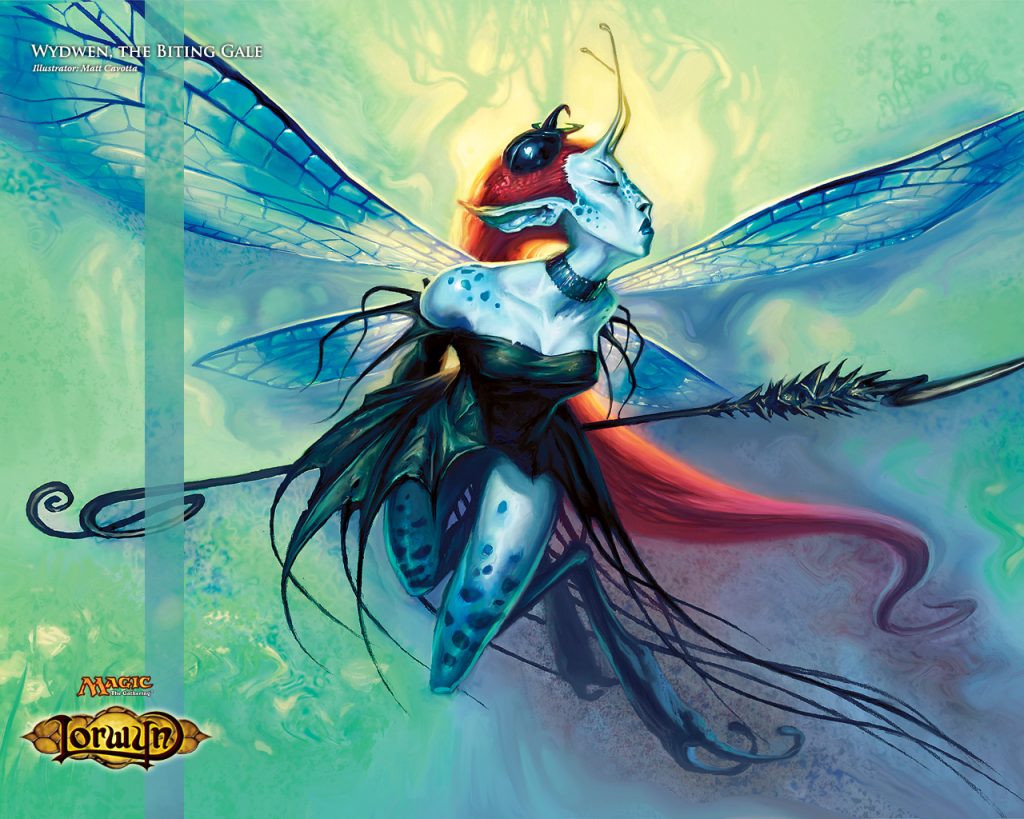
Wydwen, the Biting Gale | Illustration by Matt Cavotta
Commander (1)
Planeswalkers (3)
Jace, the Mind Sculptor
Karn Liberated
Ugin, the Spirit Dragon
Creatures (8)
Jace, Vryn's Prodigy
Snapcaster Mage
Dark Confidant
True-Name Nemesis
Vendilion Clique
Glen Elendra Archmage
Venser, Shaper Savant
Consecrated Sphinx
Instants (28)
Condescend
Brainstorm
Mystical Tutor
Spell Pierce
Vampiric Tutor
Arcane Denial
Cyclonic Rift
Daze
Into the Roil
Mana Leak
Negate
Remand
Counterspell
Mana Drain
Muddle the Mixture
Diabolic Edict
Go for the Throat
Exclude
Forbidden Alchemy
Dissipate
Hero's Downfall
Fact or Fiction
Mystical Teachings
Cryptic Command
Force of Will
Mystic Confluence
Hatred
Wretched Confluence
Sorceries (13)
Ancestral Vision
Mind Twist
Gitaxian Probe
Preordain
Duress
Imperial Seal
Inquisition of Kozilek
Thoughtseize
Black Sun's Zenith
Demonic Tutor
Hymn to Tourach
Toxic Deluge
Damnation
Artifacts (8)
Mana Crypt
Sensei's Divining Top
Sol Ring
Runechanter's Pike
Umezawa's Jitte
Crucible of Worlds
Sword of Feast and Famine
Coercive Portal
Enchantments (2)
Lands (37)
Ancient Tomb
Bloodstained Mire
Bojuka Bog
Cavern of Souls
Command Tower
Creeping Tar Pit
Drowned Catacomb
Flooded Strand
Island x7
Mana Confluence
Marsh Flats
Misty Rainforest
Polluted Delta
Reliquary Tower
Riptide Laboratory
Scalding Tarn
Shizo, Death's Storehouse
Strip Mine
Sunken Ruins
Swamp x5
Temple of Deceit
Underground River
Underground Sea
Urborg, Tomb of Yawgmoth
Verdant Catacombs
Wasteland
Watery Grave
Wydwen, the Biting Gale is one of the most oppressive Commander cards I've ever seen when it's played correctly.
This deck relies on its commander to win the game, and being able to play it at any time not to mention saving it in hard times is wild. Running equipment in this deck is pretty narrow if you only run a handful of creatures, but you hardly need others since you have Wydwen.
One of the problems with creatures in Commander is that they're played and killed almost immediately on your opponent's turn. Wydwen avoids this problem thanks to its ability, and it can close games on its own in a matter of just a few turns.
But make no mistake, the deck also has other powerful blue cards with flash like Snapcaster Mage and Vendilion Clique. They help manage tempo and keep you alive when the whole table starts looking at you as a threat.
Flash Hulk Deck in Vintage
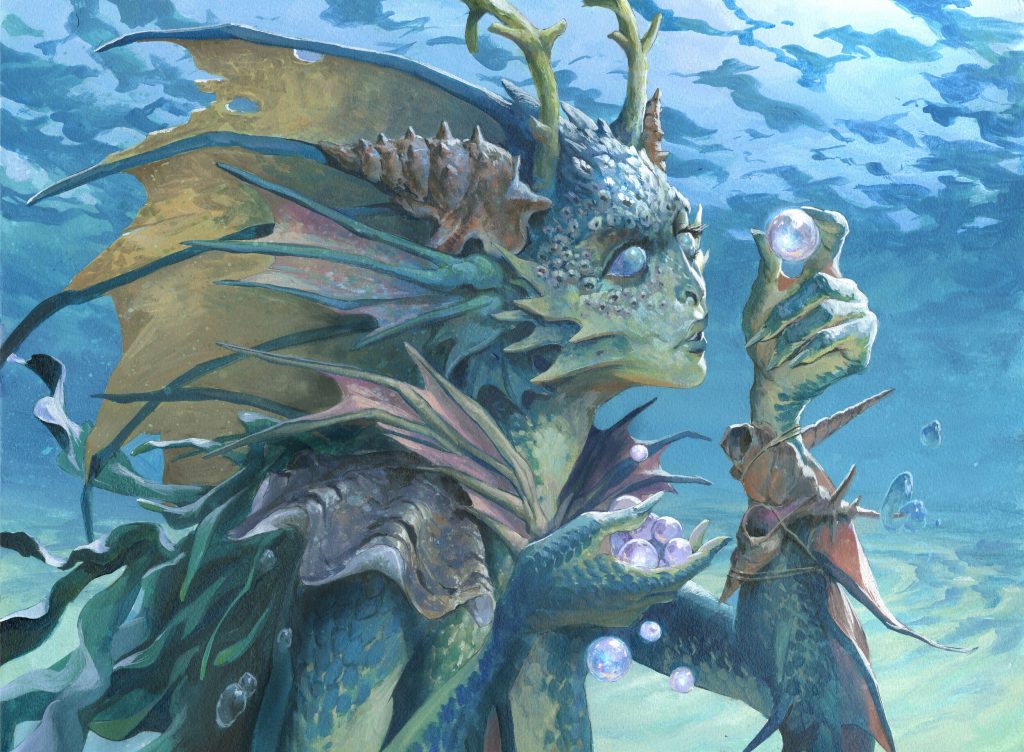
Thassa's Oracle | Illustration by Jesper Ejsing
Planeswalker (1)
Creatures (8)
Nomads en-Kor
Cephalid Illusionist
Thassa's Oracle
Spellseeker
Protean Hulk x4
Instants (19)
Mental Misstep
Ancestral Recall
Brainstorm
Flusterstorm x3
Mystical Tutor
Demonic Consultation
Vampiric Tutor
Daze x3
Flash
Gush
Force of Will x4
Dig Through Time
Sorceries (10)
Gitaxian Probe
Ponder
Preordain x4
Merchant Scroll
See Beyond
Time Walk
Demonic Tutor
Artifacts (8)
Black Lotus
Lotus Petal
Mana Crypt
Mox Emerald
Mox Jet
Mox Pearl
Mox Ruby
Mox Sapphire
Lands (14)
Flooded Strand x2
Island x3
Misty Rainforest x2
Polluted Delta x2
Scalding Tarn x2
Underground Sea x3
Sideboard (15)
Snapcaster Mage
Sphinx of the Steel Wind
Blightsteel Colossus
Thoughtseize x2
Tinker
Toxic Deluge
Chain of Vapor x2
Steel Sabotage x2
Hurkyl's Recall x3
Library of Alexandria
I bet you didn't see this one coming. That's right, the infamous Flash Hulk deck is still alive! And I'm still going to show it off and explain how it works even though it's only available in Vintage.
Aside from casting lots of tutors and overpowered 0-mana artifacts, this deck's game plan is to go for the turn 1 kill by casting Flash into Protean Hulk. You don't pay Hulk's mana cost so it gets sacrificed immediately. Hulk then tutors Cephalid Illusionist, Nomads en-Kor, and Thassa's Oracle.
Oracle's trigger goes onto the stack and Nomads en-Kor repeatedly targets Cephalid Illusionist with its ability while you maintain priority. This causes you to trigger Illusionist's ability and you now target yourself to mill your deck. At this point your opponents can't win even if they kill Oracle since the ability stays on the stack.
Now, imagine this at a table with three others players. No fun indeed.
Wrap Up
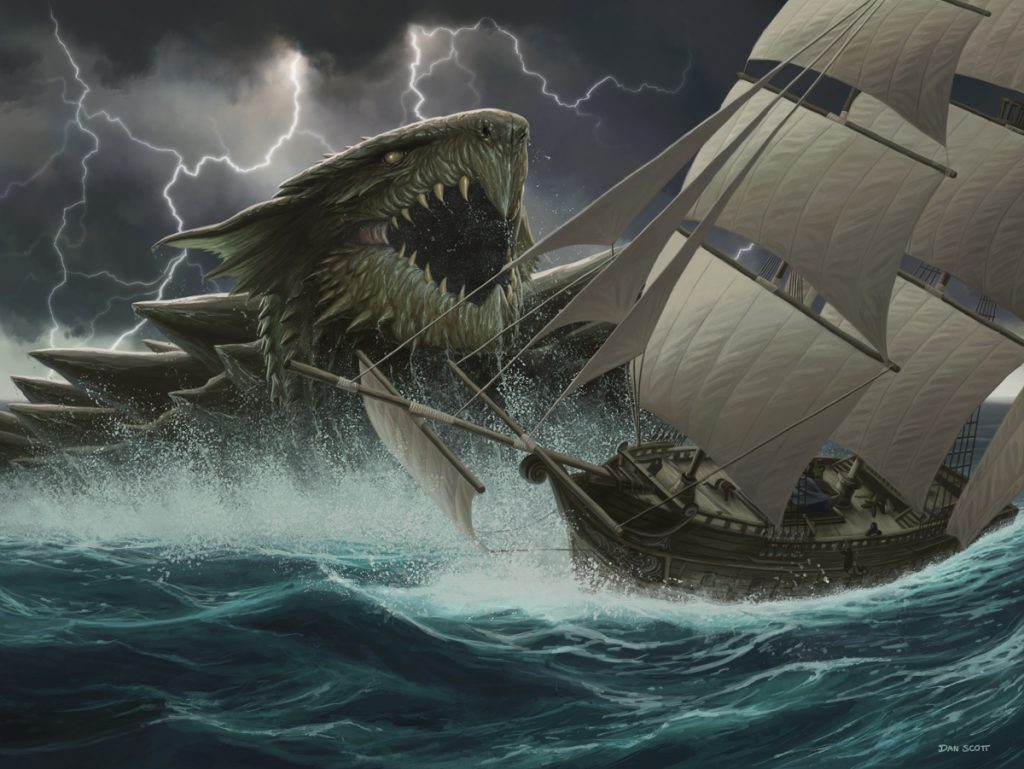
Dragon Turtle | Illustration by Dan Scott
So after reading all of these powerful cards, do you think this mechanic broken or fun? I think it's fair. Out of 300+ cards, only a few of them have made a significant impact on competitive games and the ones that have also sport other powerful and unique abilities like Snapcaster Mage.
Do you have any other cards you like with flash that didn't make the top ten? Let me know in the comments, or find us over on Twitter or Discord to discuss it there.
As always, take care, and I'll see you next time!
Follow Draftsim for awesome articles and set updates:
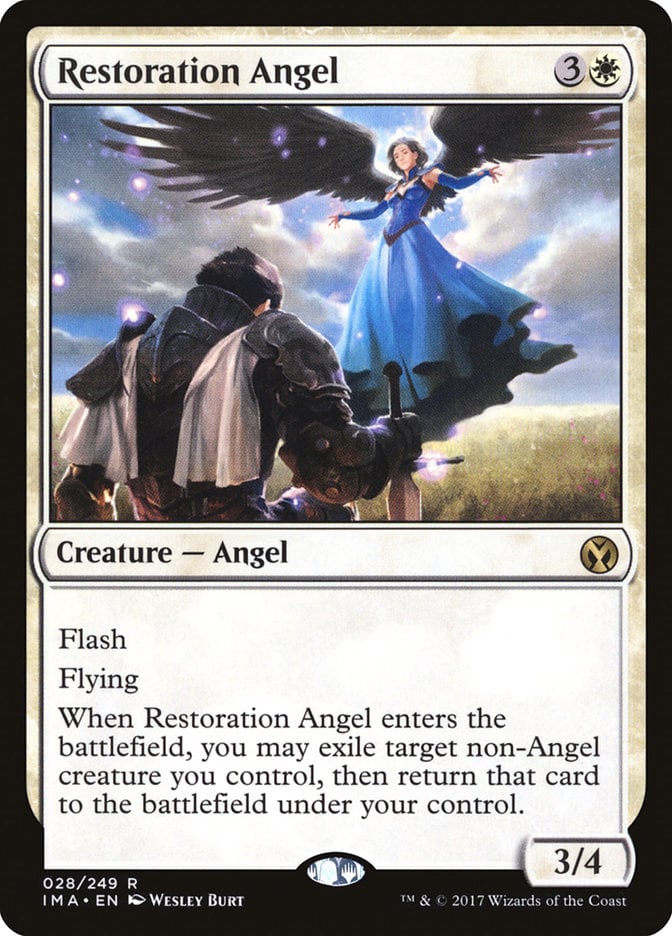
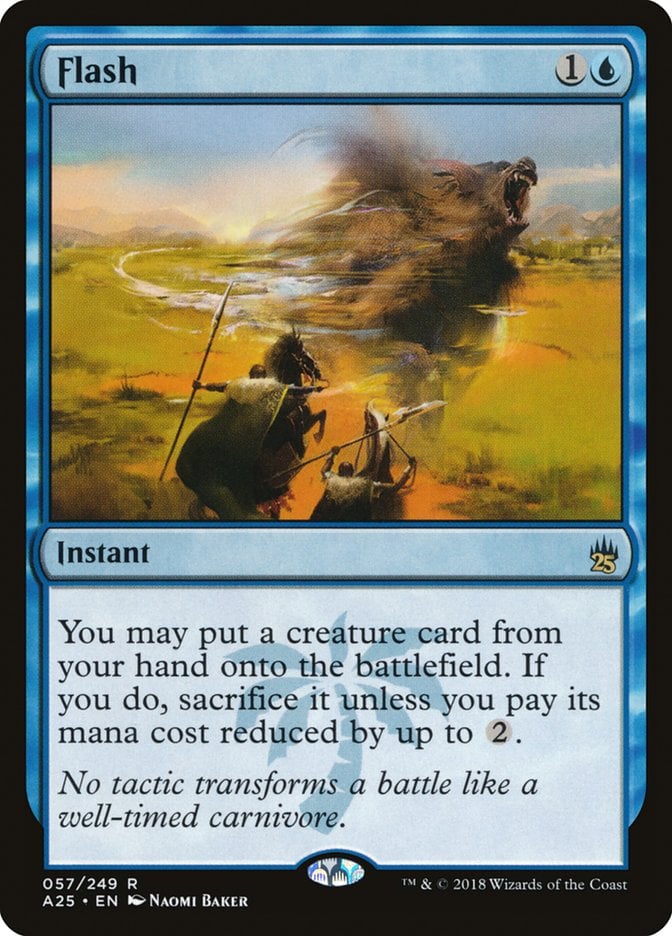

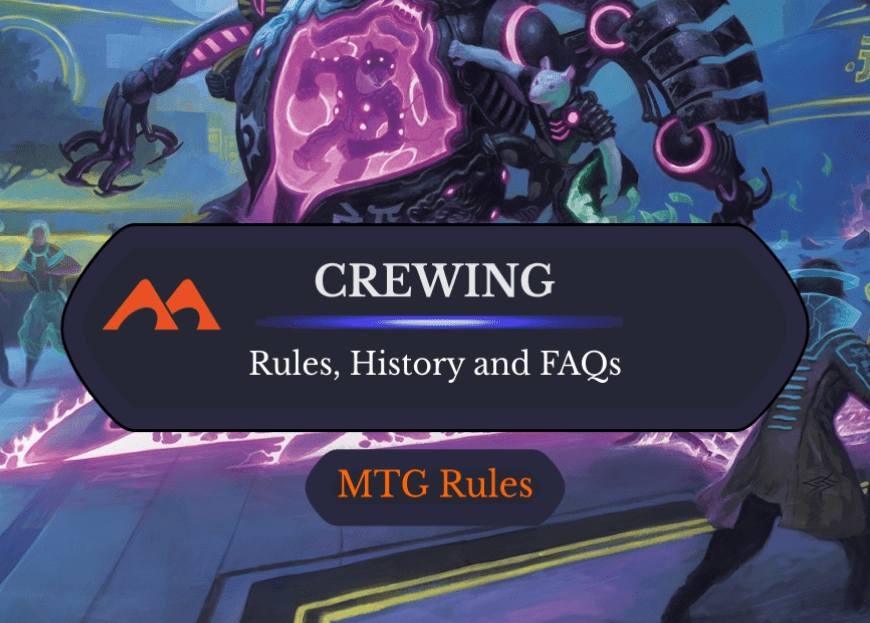
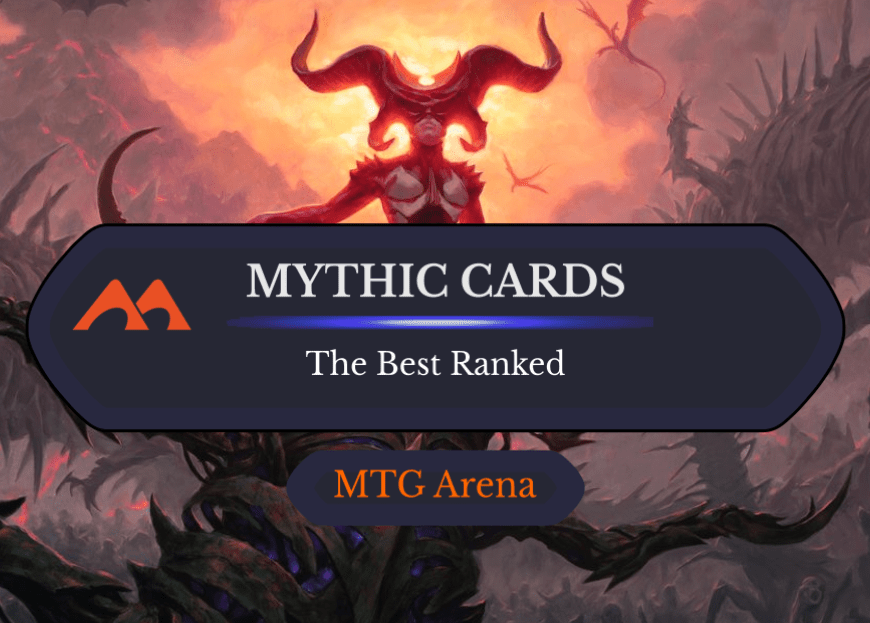
Add Comment